Investing
Costco Clothes Outsell These 9 Iconic Fashion Brands
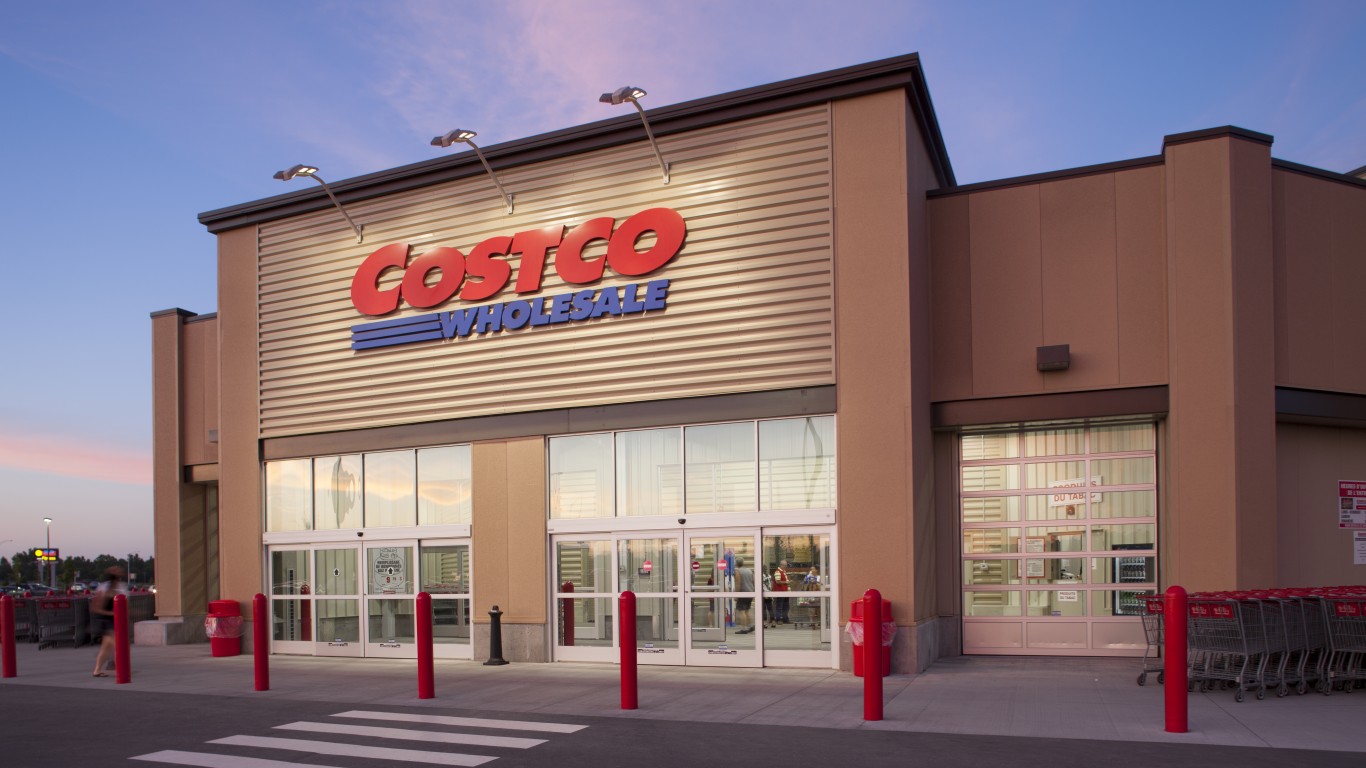
Published:
Last Updated:

Costco (Nasdaq: COST) has reported $243 billion in sales across the past 12 months. By revenue that makes Costco about the 19th largest public company in the world, and it trails a small list of retailers that includes Walmart, Amazon, and CVS.
Yet, while Amazon (Nasdaq: AMZN) and Walmart (NYSE: WMT) have huge numbers of SKUs, Costco is famous for keeping a limited selection of products relative to its size. That means decisions by its buyers in sections like deli, electronics, and clothing can have huge impacts.
So, it might surprise you to learn that Costco sells about $9 billion worth of clothing per year, and that’s larger than some surprisingly large retailers like Lululemon! Let’s dive into nine clothing retailers that sell less every year than Costco’s clothing section.
And trust us, with Costco selling items like jeans and dress shirts for less than $20 each; they’re moving a lot of units to rack up these sales numbers!
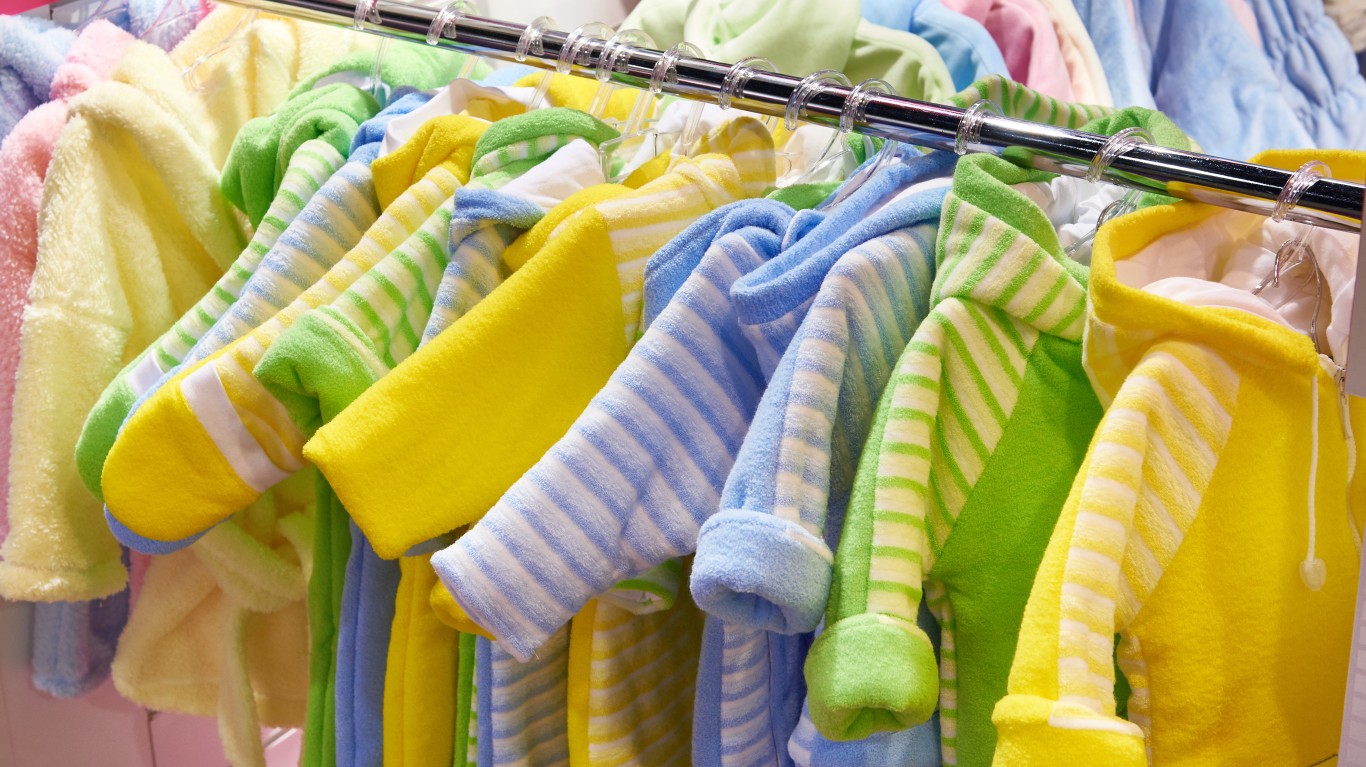
Carter’s (NYSE: CRI) is a leading maker of children’s clothing and was one of the market’s biggest success stories in the first half of last decade. After trading for less than $30 per share entering 2011, its share price broke $100 in 2015.
Unfortunately, the company has struggled to grow in recent years and now trades at bargain-bin levels. With a market capitalization of $2.5 billion, it trades for less than one times sales and a P/E of about 12. Sales are still below the $3.5 billion level reached in 2019.
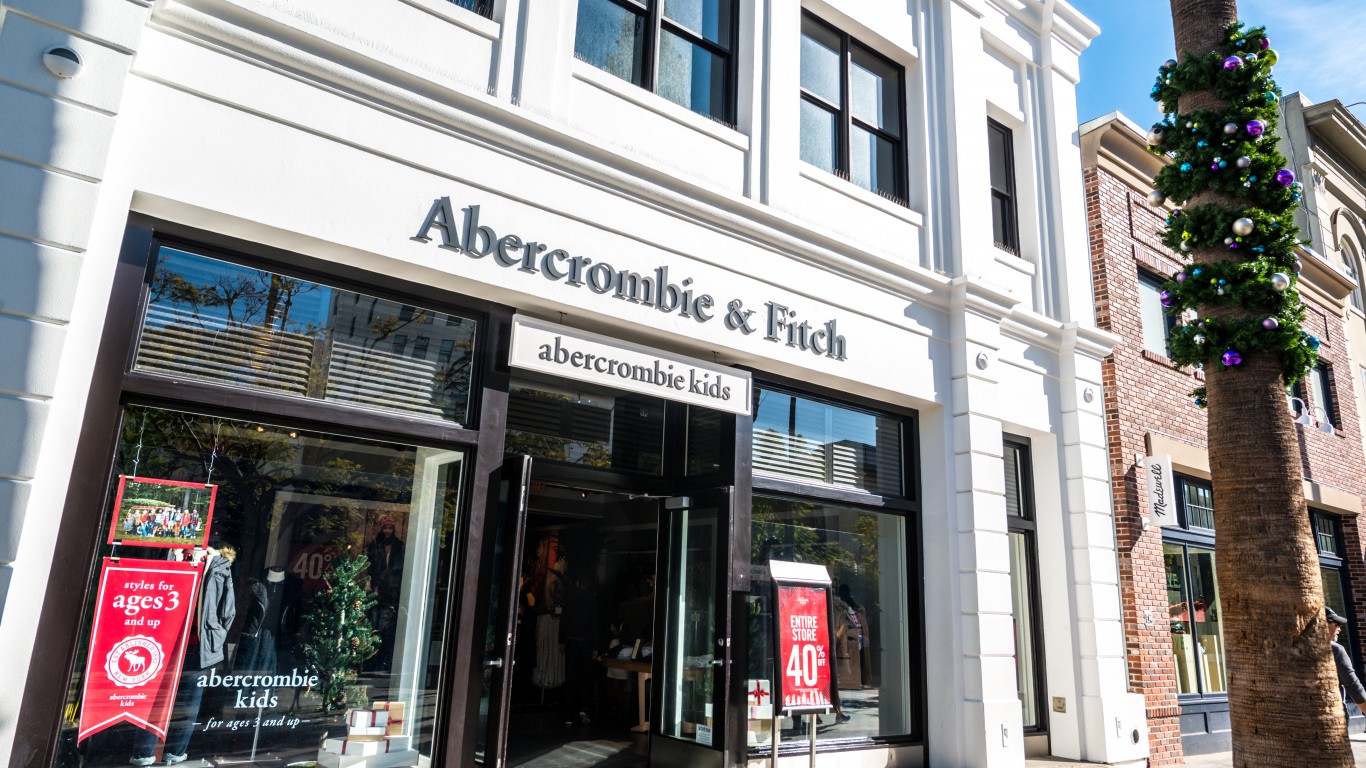
Abercrombie & Fitch (NYSE: ANF) saw $3.6 billion in sales before Covid hit, and then revenues plummeted to $3.1 billion over the next 12 months. Its revenues have been on an uptrend recently, and have hit $3.85 billion in the last 12 months.
The recent growth in sales has helped spark a rally in Abercrombie’s shares. They’re up a remarkable 158% year-to-date as investors bet on a rebound. Still, this iconic retailer records just 43% the sales of Costco’s clothing department each year.
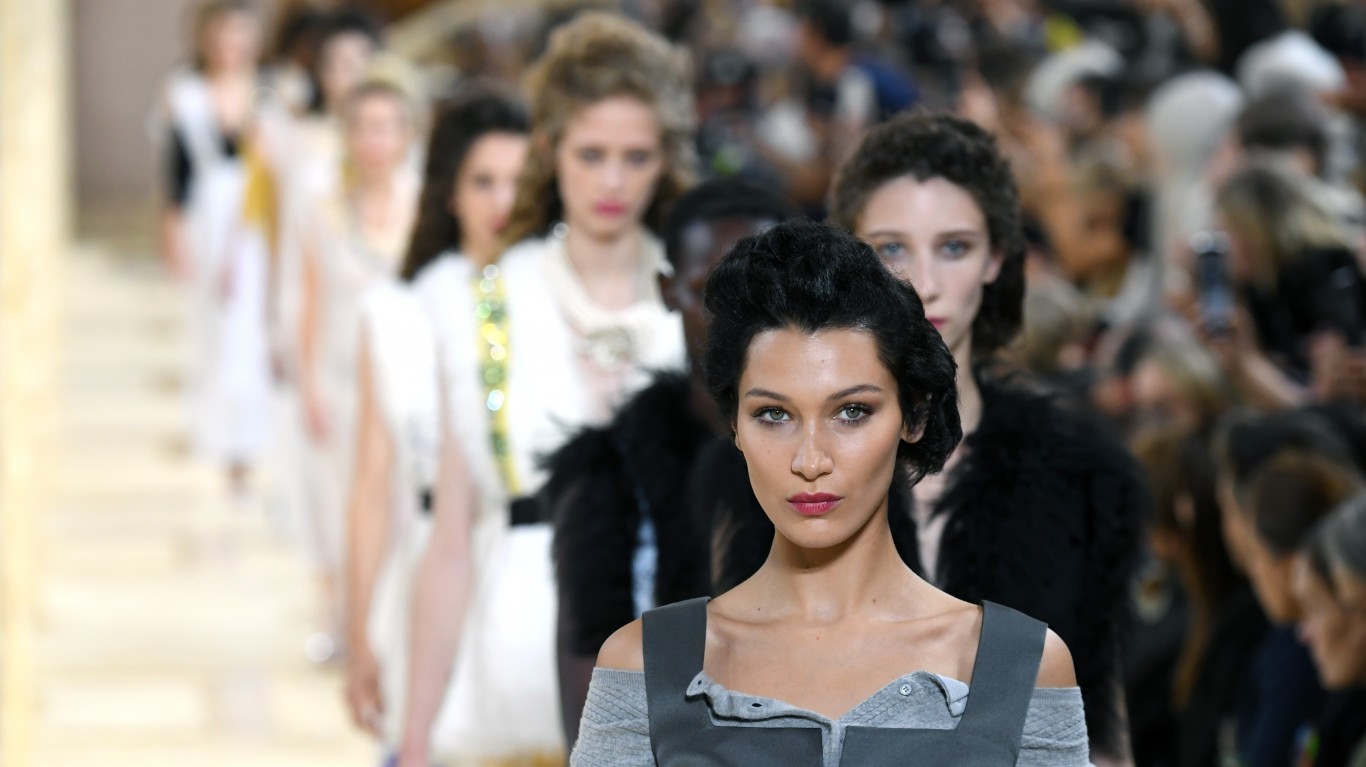
Prada has recorded about 44% the revenue of Costco’s clothing department in the past 12 months. As a luxury retailer, when the economy is booming Prada generally does well. In 2022, they had a pretty healthy pre-tax operating profit margin of about 17%.
However, the company has seen its shares fall about 20% since mid-July as rising interest rates fuel concerns about consumer spending in the years to come.
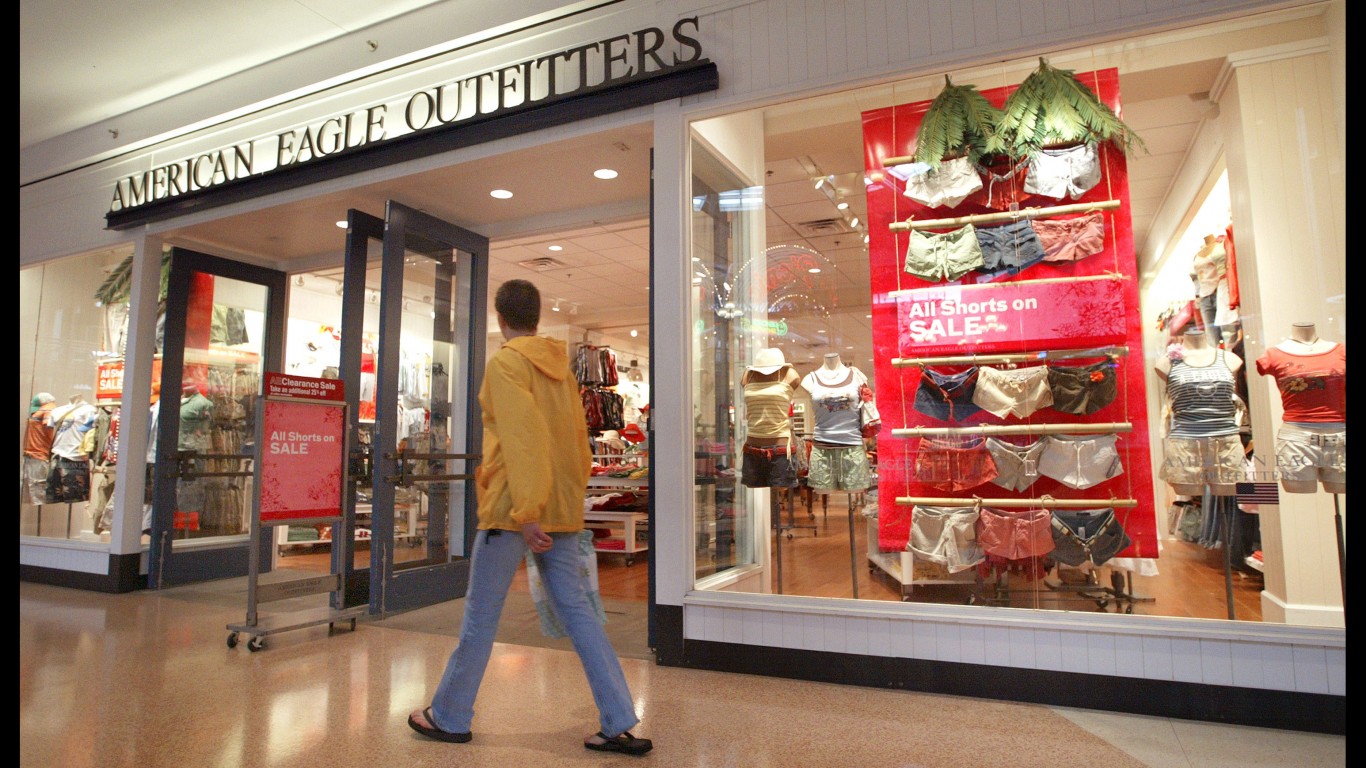
American Eagle Outfitters (NYSE: AEO) has been a publicly traded company since 1994! During economic booms it has performed very well. From the start of 2004 to the end of 2006 its stock grew five-fold in just three years.
Then from the Covid bottom (in March 2020) to May 2021, it once again saw its shares skyrocket by more than five-fold. Yet, these booms have always been followed by busts.
The company has recorded about $5 billion in sales in the past 12 months. While that number is about the same as what the company saw in 2021, a troubling factor is its operating earnings are down more than 50% in that time.
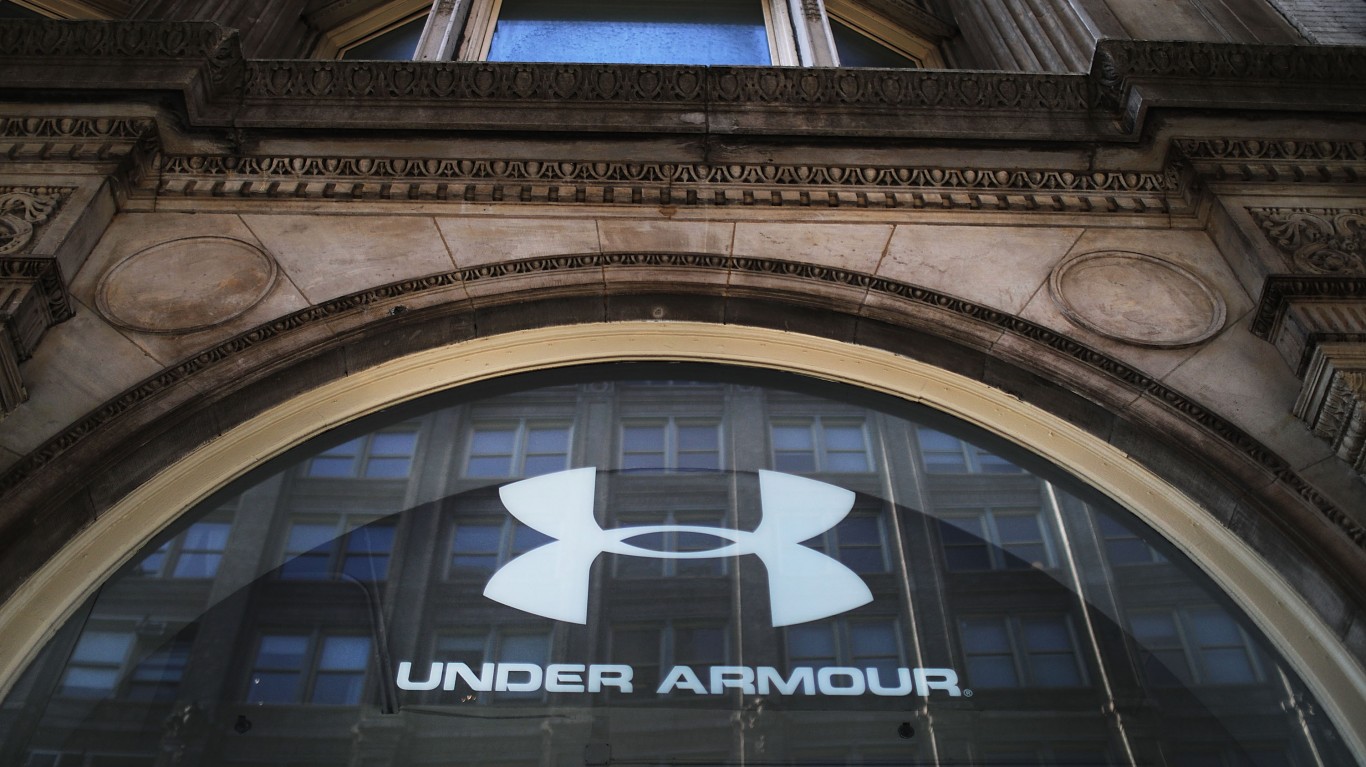
At one point, it appeared Under Armour (NYSE: UA) was going to become Nike’s greatest challenge. Unfortunately for the company, its ambitious plans never reached fruition as revenue growth slowed and its stock has struggled in recent years.
Today, Under Armour only sells about 56% of the clothing Costco sells. One challenge for the company is that operating profit margins remain under 5% while Nike’s operating profit margins stand at a much healthier 11.7%.
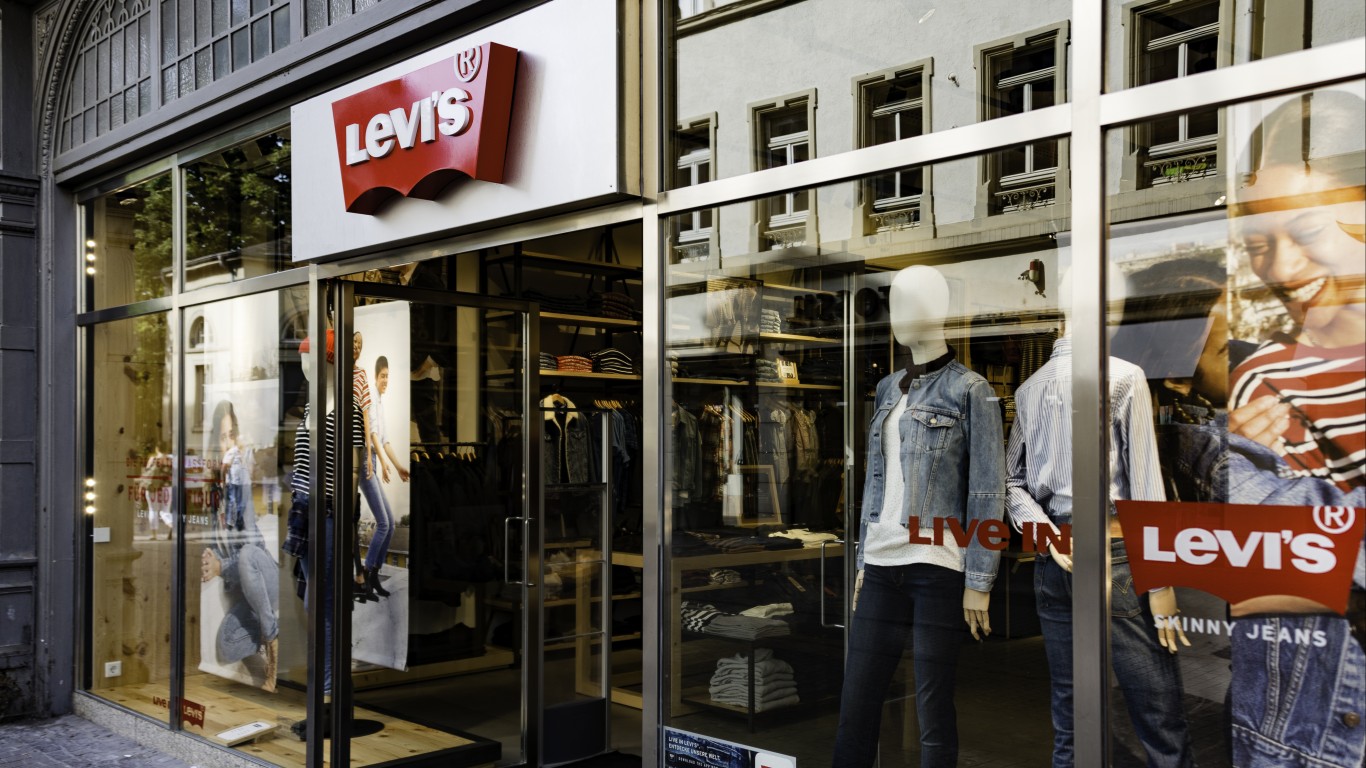
Few clothing companies are as iconic as Levi Strauss (NYSE: LEVI). Unfortunately for Levi’s, it appears Costco’s clothing section is growing significantly faster.
That’s because Costco clothes tallied about $9.1 billion in 2022, up from $7 billion in 2019. Meanwhile, Levi Strauss sold $5.8 billion in 2019 and has only grown to $6.1 billion in the past twelve months. Costco’s clothing growth rate in that time was 30% while Levi’s only saw growth at about 5%.
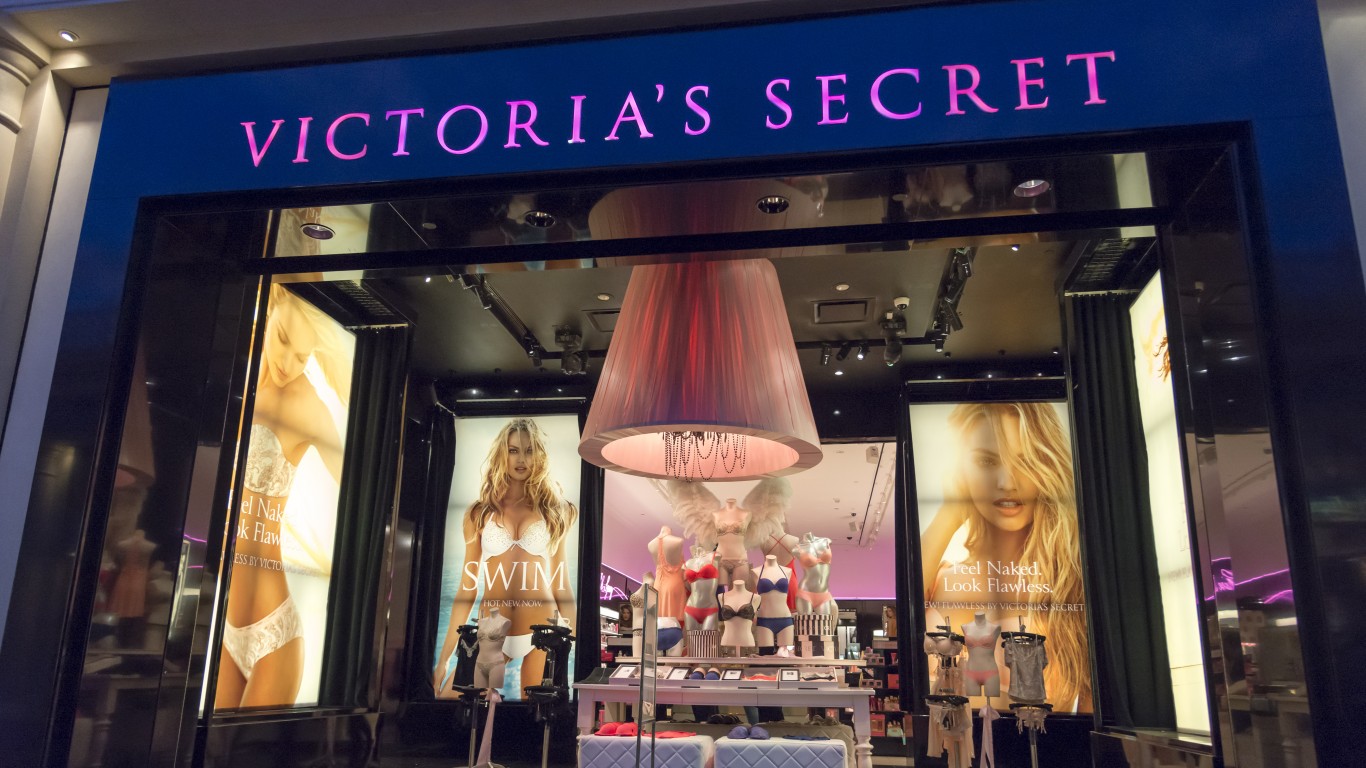
Victoria’s Secret & Co. (NYSE: VSCO) is struggling more than most retailers on this list. In 2019 it recorded $7.5 billion in sales and was still larger than Costco’s clothing section.
However, today the tables have turned. Victoria’s Secret has seen about $6.2 billion in sales in the past year while Costco has grown past $9 billion. Perhaps most troubling is that profits in the past 12 months are down 61% from 2021. It’s no wonder that Victoria’s Secret has a market capitalization of just $1.5 billion despite recording more than $6 billion in annual sales.
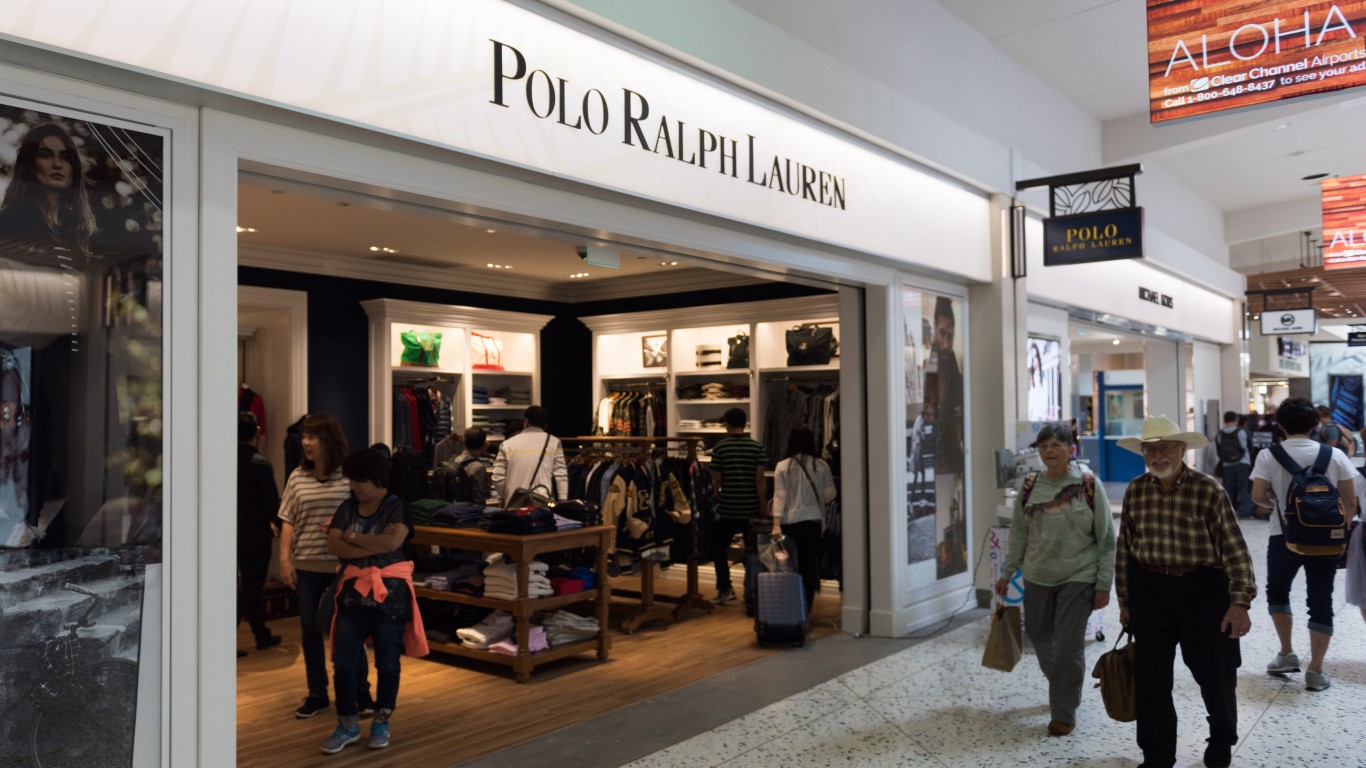
When it comes to clothing brands, it doesn’t get much bigger than Ralph Lauren Corporation (NYSE: RL). Unfortunately, like other companies on this list, Ralph Lauren has seen anemic growth in recent years.
In its fiscal year ending in March 2020, Ralph Lauren saw $6.2 billion in sales. In the trailing twelve months, that number is just $6.4 billion. One bright spot? Profits have boomed in recent years. Operating income is up 87% since early 2020.
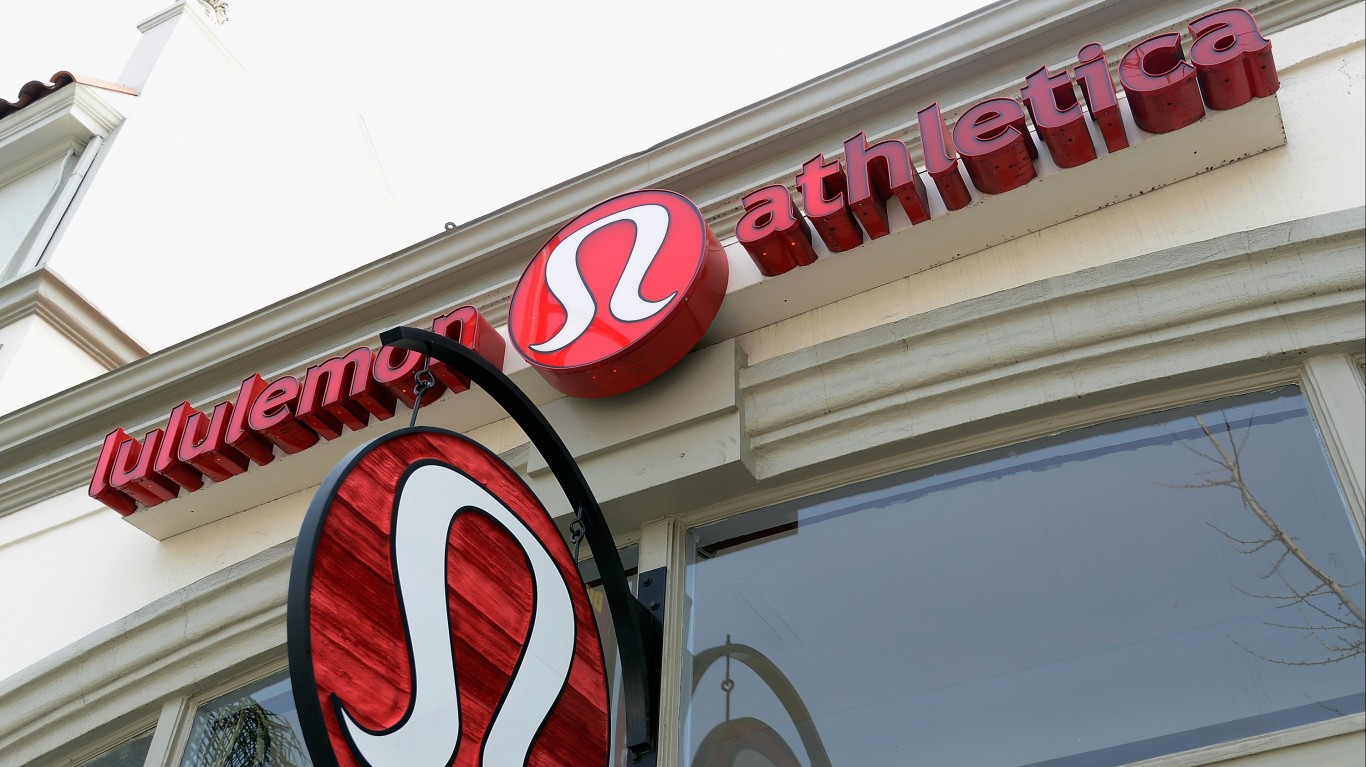
Finally, our list ends with Lululemon Athletica (Nasdaq: LULU). In many ways, it’s a unique entry. First of all, sales at Lululemon have more than doubled since the beginning of 2020, making it one of the rare clothing brands that is seeing stronger growth than Costco.
Another thing that makes Lululemon unique is its profit margins. Its operating margin stands at about 22.2%, which is double the margin of even Nike. While Lululemon sells less than Costco today, at its current growth rates it should pass Costco’s clothing sales within the next couple quarters.
Are you ahead, or behind on retirement? For families with more than $500,000 saved for retirement, finding a financial advisor who puts your interest first can be the difference, and today it’s easier than ever. SmartAsset’s free tool matches you with up to three fiduciary financial advisors who serve your area in minutes. Each advisor has been carefully vetted and must act in your best interests. Start your search now.
If you’ve saved and built a substantial nest egg for you and your family, don’t delay; get started right here and help your retirement dreams become a retirement reality.
Thank you for reading! Have some feedback for us?
Contact the 24/7 Wall St. editorial team.